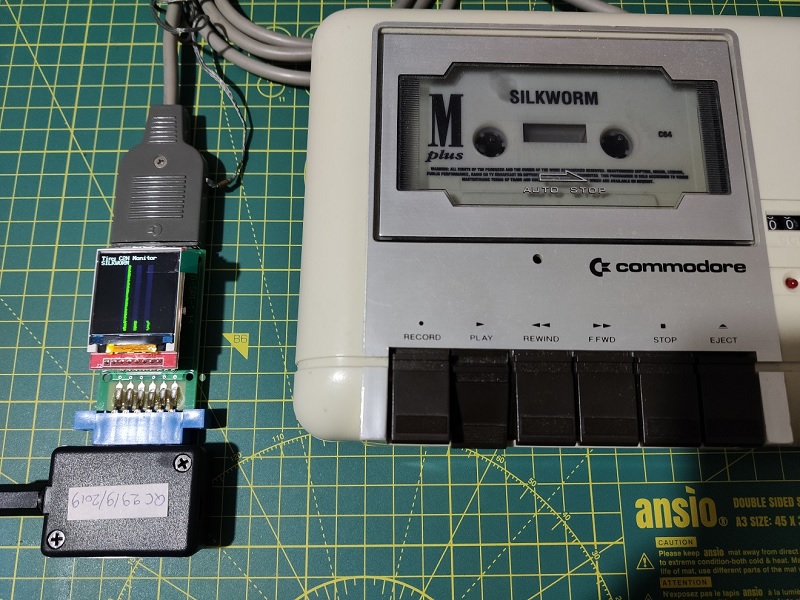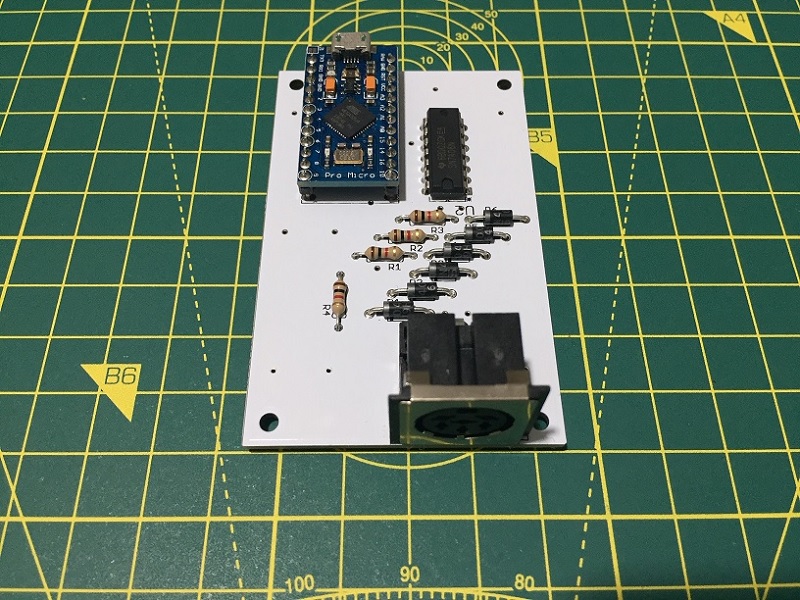Ordering process
If you are interested in one of my DIY kits or devices (and, even better, these are also listed as available) then:
- make sure you provide the details requested for the option you selected (such as the Pro-Micro board variant);
- choose the shipping method, either “Standard” or “Tracked and Signed” (availability is based on the destination);
- get in touch with me through my contact form here.
Payments
Payments are exclusively in GBP through PayPal.
It only makes sense to ask for the details of a payment once the device or kit you are ordering is available to ship.
Shipping
For the shipment of my kits and devices outside of the UK you are requested to choose between:
- “International Standard” shipping with Royal Mail (not tracked, no signature, and no insurance cover),
- “International Tracked and Signed” shipping with Royal Mail (tracked, requires signature upon receipt, and includes insurance cover).
Supporting firmware and software
When you receive one of my devices or kits you should expect that the micro-controllers are pre-programmed and that all the details of the PC-side software will be provided to you via email upon confirming your order. You should also expect to be able to find the latest stable releases of the handling software in my software page.
Miscellaneous devices
Tiny C2N Monitor
Those who have been following my blog know that this is a little device that sits between a C2N and either a C64 or DC2N (depending on the DC2N build you got you might have to cut the sides of the blue tape connector) and ‘spoofs’ the signal coming from a tape being played back, displaying it on a TFT display (included within the kit).
As part of the spoofing process this device is also capable of intercepting “CBM ROM” and “TutboTape 250” file names upon detecting the relevant signal. Any intercepted file name is shown on the display as well.
Note on assembling the device, if you buy a DIY kit: users are required to confirm the orientation of the two tantalum (polarized) capacitors before powering up the device. There’s a dark mark on one end of these capacitors that MUST face the integrated circuits (U1 and U2) in both cases. Mounting this component the wrong way around will result in a device that might work for a while but the capacitor closer to the blue tape port connector will eventually blow up and possibly short the 5V supply rail of the C64 to GND.
The assembly process I use is illustrated in this blog post.
First option:
Firmware support: Not available (no update in the field is possible)
Hardware support: Not available
Available kits: 3
Last inventory count: 25th of January 2025
The following option is also available:
Firmware support: Not available (no update in the field is possible)
Hardware support: Not available
Available devices: 3 devices can be assembled upon request
Last inventory count: 25th of January 2025
IECHost
IECHost is an IEC bus master that can control Commodore drives such as the 1541 and 1541-II, and possibly other Commodore devices interfaced via the IEC bus such as printers and plotters.
Current features include (durations were measured using the IECHost GUI client for Windows and might be different for other OSes):
- 35/40 track fast DOS disk imaging (23 seconds, for 35-track disks) and restoration (36 seconds, ditto) for 1541 drives and compatible,
- file exporting and importing for any IEC drive,
- disk validation and formatting for any IEC drive,
- 35/40 track fast DOS disk formatting (19 seconds, ditto) for 1541 drives and compatible.
Support for nibbling disks with a 1571 drive, leveraging the SRQ line, is available through an alternative set of software utilities.
First option:
D64 image save/restore solution for: Commodore 1541, 1541-II, and 1571 drives only (clones as the Oceanic drive do work but are not officially supported)
DOS file export/import solution for: Commodore drives and compatible ones
Firmware support: Available (update in the field is possible)
Hardware support: Not available
Software support: Limited (I will help as I can but I haven’t got access to all possible systems or architectures in order to provide binaries)
3D printable enclosure: User-provided design files to 3D-print your own enclosure are available here
USB cable: Not provided
Available kits: 7
Last inventory count: 25th of January 2025
The following option is also available:
D64 image save/restore solution for: Commodore 1541, 1541-II, and 1571 drives only (clones as the Oceanic drive do work but are not officially supported)
DOS file export/import solution for: Commodore drives and compatible ones
Firmware support: Available (update in the field is possible)
Hardware support: Not available
Software support: Limited (I will help as I can but I haven’t got access to all possible systems or architectures in order to provide binaries)
3D printable enclosure: User-provided design files available here
USB cable: Not provided
Available devices: 7 devices can be assembled upon request
Last inventory count: 25th of January 2025
- a micro-USB connector, or
- a Type-C USB connector (stronger and therefore more durable).
Bear in mind that the main PCB was designed to accommodate the board with a micro-USB connector, which is shorter than the one with a Type-C USB connector. Hence, case designs, where available, are not interchangeable.


